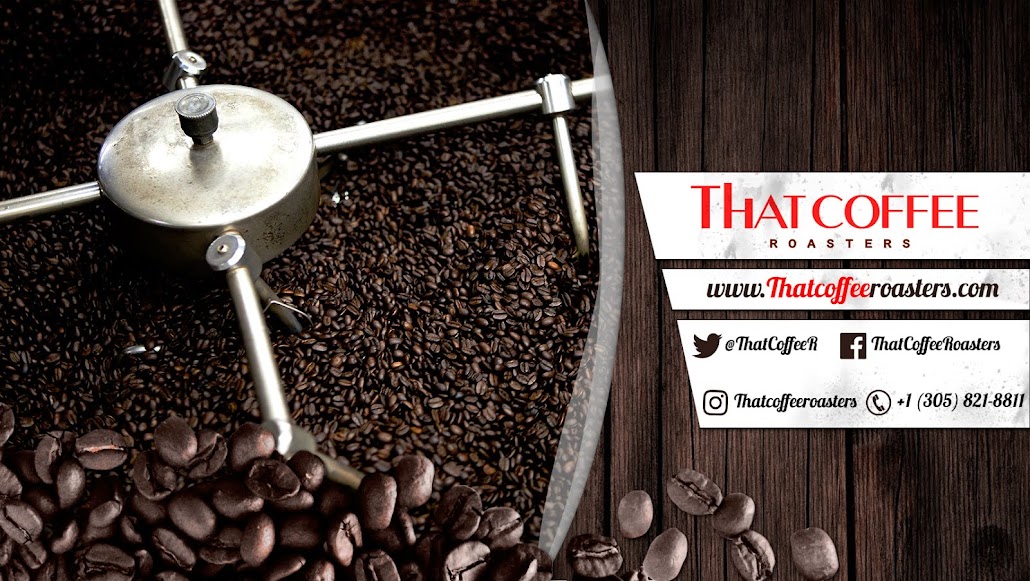 |
| Irish like their coffee with whiskey and whipped cream. Ask for coffee the Irish way and enjoy its warmth. |
There are too many ways to prepare and serve coffee. For example, there are people who enjoy adding wine to their coffee, while others go with the classical latte to start off their day. Yet there is a preparation that’s a little bit stronger and creamy among these; Irish coffee, of course.
Before getting into the characteristics of this unique coffee, let’s see how this beverage was born. Yes, this is one of the few cocktails that have a clear and undisputed origin, contrary to most coffee cocktails out there.
Joe Sheridan is attributed to the creation of this drink, a bartender and chef originally from Castlederg. He was asked to move back to Foynes and prepare hot food and drinks for passengers who were forced to return to Ireland due bad weather. It was just another cold day in 1943 when a flight to New York was forced to turn back.
The passengers needed a hot drink to withstand the climate, so Joe poured some Irish whiskey into their coffee. People started to ask him if he had used Brazilian coffee and he replied that it was “Irish coffee.” After seeing it was so well accepted, he topped the drink with cream; this is the moment Irish coffee was first invented.
Irish coffee: the breakdown
Irish coffee it’s not that popular in hot climates because of the warm sensation it leaves – caused by the whiskey –, which is why is not that famous in tropical regions. The combination of coffee and whiskey makes this coffee taste somewhat sugary, slightly bitter and with a fiery taste in the end.
This cocktail requires a good proportion of ingredients – too much whiskey will damage the coffee and less will feel off – in order to be properly done. To make your Irish coffee, you’ll need the following ingredients:
- 1 ½ oz jigger Irish Whiskey
- 1 tablespoon brown sugar
- Heavy cream, slightly whipped
- 1 cup freshly brewed hot coffee
Fill a mug with hot water to preheat it, then empty it. Pour the coffee into the warmed glass until it reached ¾ parts of it. Add the tablespoon of brown sugar and stir until it dissolves. Fill the missing part of the glass with whiskey and then top it with the whipped cream.
If you haven’t tried out Irish coffee, now is the time to gather the ingredients and make one yourself! The taste will warm you up inside. Also, remember to source the best beans to ensure a quality beverage, like the ones That Coffee Roasters can offer. Feeling unsure about buying? Try their free samples and taste a brew of their roasted coffee, you’ll definitely want more!
 |
| Each of the ingredients that make an Irish coffee need to be in specific measurements. |
Phone Number: (305) 821-8811
Facebook: That Coffee Roasters
Instagram: thatcoffeeroasters

















